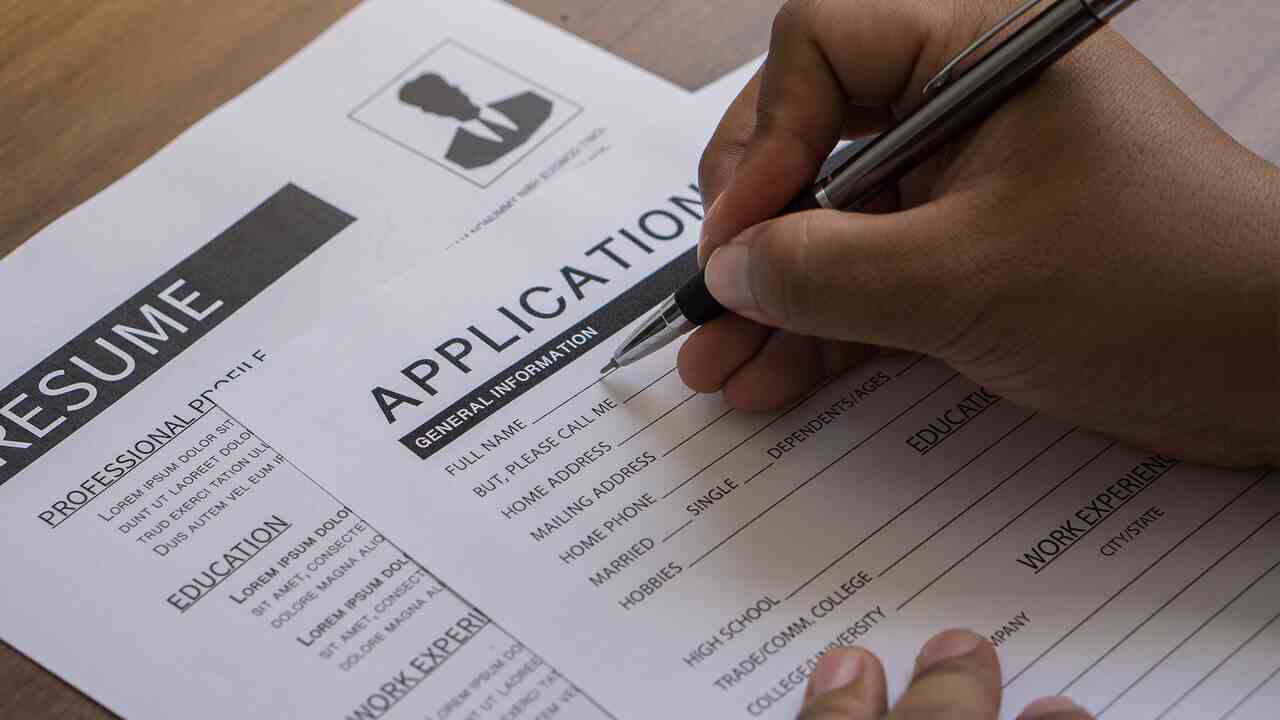Cold-emailing someone about a job can feel… well, awkward. You don’t want to sound desperate, random, or pushy—but you also don’t want to sit around waiting for the perfect job post to appear.
The truth is, proactive outreach works. But only if you do it right.
This simple 3-email job outreach strategy is designed to help you connect with hiring managers, team leads, or people at companies you admire—without being weird or wasting their time.
1. Who You Should Email (Hint: Not Just Recruiters)
Most people go straight to HR or recruiters. That’s fine, but they’re often juggling hundreds of candidates. They’re also not the ones building the team.
A better move? Reach out to:
- The hiring manager (e.g. Head of Marketing if you’re applying to a marketing role)
- A potential teammate
- Someone who previously held the role
- A connection-of-a-connection (LinkedIn helps here)
Use LinkedIn or the company website to identify who works where—and don’t be afraid to get creative. A warm intro is ideal, but a well-written cold email can still go far.
2. Email #1: The Initial Outreach
This is your intro. It’s not a cover letter. It’s not your life story. It’s a short, human message that says:
- Who you are
- Why you’re reaching out
- What you’re interested in
- How you found them
- What you’re hoping for
Example:
Subject: Quick note from a [job title] who admires your work
Hi [Name],
I hope this isn’t too out of the blue. I came across your work on [project, blog, company, mutual connection] and really liked [specific detail]. I’m currently looking for new opportunities in [industry/role], and your team at [Company] looks like an incredible place to learn and contribute.
If you ever have 15 minutes to chat, I’d love to hear what it’s been like working there—and whether you think someone with my background (link to LinkedIn/resume) might be a good fit.
Either way, thanks for reading and congrats on [something recent or notable].
Best,
[Your Name]
Make it short, specific, and easy to reply to.
3. What Happens Next (And Why Silence Isn’t Rejection)
People are busy. They might miss your email, mean to reply but forget, or be unsure how to help.
No reply? Don’t take it personally. Wait about 5–7 days, then send a light, friendly follow-up.
4. Email #2: The Gentle Nudge
This is just a reminder that you exist and are still interested. No pressure.
Example:
Subject: Just following up :)
Hi [Name],
Just wanted to follow up on my note from last week. I know things get busy! I’m still very interested in learning more about your team at [Company] and whether it might be a good fit down the road.
Totally understand if now’s not the right time—just wanted to stay on your radar.
Appreciate your time!
Best,
[Your Name]
Most people don’t follow up at all. This message alone can bump you up in their inbox and spark a reply.
5. Email #3: The Graceful Close
If you still don’t hear back after a second message, you can let it go. Or, you can send one final note to wrap it up while keeping the door open.
Timing: 5–7 days after Email #2.
Example:
Subject: Last quick follow-up
Hi [Name],
I promise this is my last nudge! I really appreciate you taking the time to read my messages. If anything opens up at [Company] in the future—or if someone else on the team would be better to connect with—I’d love to stay in the loop.
Wishing you all the best with [project or company news]!
Cheers,
[Your Name]
This shows persistence and professionalism. Even if they don’t reply, you’ve planted a seed.
6. Why This Works (Even When It Doesn’t)
Even if you don’t get a meeting right away, you’ve introduced yourself. You’re now a name they might recognize later. That’s progress.
Plus:
- Your emails are now in their inbox if a role opens up
- They might forward you to someone else
- You’ll be ahead of the competition that waits for job postings
People hire people they’ve heard from. Stay in their orbit.
7. A Few Rules to Make This Strategy Work
- Keep emails short. Under 150 words is best.
- Personalize everything. If it looks like a template, they’ll delete it.
- Link your resume or portfolio. Make it easy to check you out.
- Never guilt-trip. You’re asking—not demanding.
- Don’t send all three emails in one week. Spread it out over 2–3 weeks max.
Be human. Be respectful. Be easy to say yes to.
8. What to Do If They Say “No” or “Not Hiring”
Thank them for replying and ask if you can stay in touch.
Reply example:
Totally understand—thanks so much for getting back to me! If anything opens up in the future, I’d love to reconnect. I’ll keep following the team’s work either way.
You never know where it leads. People remember kind, professional messages more than you think.
9. Use This Strategy Even When You’re Not Actively Job Hunting
Here’s the secret: the best time to build connections is before you need something.
Use this strategy to network casually:
- When you admire someone’s work
- When you’re curious about a company
- When you want to learn how someone got their job
The same 3-email framework works, even if you’re not asking for a job—just a conversation.
10. The Goal Isn’t Just a Job—It’s a Relationship
Think of this strategy as a long game. You’re not just hunting for a gig—you’re showing up in someone’s world in a professional, thoughtful way.
Even if nothing happens this time, you’ve taken action. You’ve started a conversation. You’ve shown initiative.
That’s already a win.



